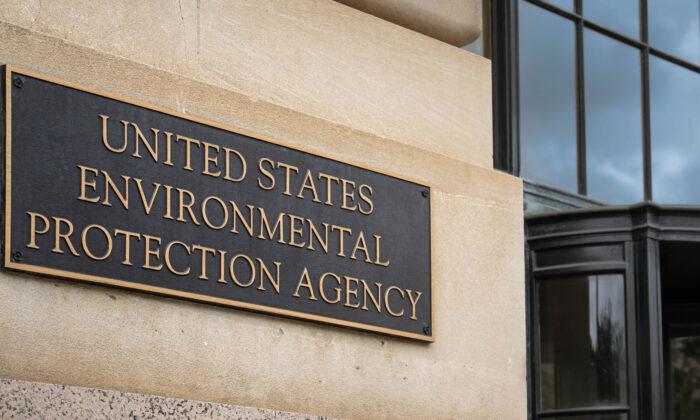At long last, the nightmare of building a dream house is over for Michael and Chantell Sackett.
The decision reaffirms the rule of law and the right of Americans to protect their rights by holding abusive regulators to account in courts of law.
The Clean Water Act authorizes the EPA to regulate only “navigable waters” involved in interstate commerce. Yet in the case of the Sacketts—and in too many other cases—the EPA tried to leverage its statutory authority and extend its Clean Water Act regulation far beyond any reasonable interpretation of the term “navigable waters.”
In a 2006 decision, Rapanos v. United States, a majority of the court could not agree on how to define the scope of the EPA’s Clean Water Act authority over wetlands. Justice Anthony Kennedy, writing alone, opined that the EPA’s authority under the act extends to any land that has a “significant nexus” to a waterway.
Ultimately, the court was unanimous in ruling that the EPA had overstepped its Clean Water Act authority in dealing with the Sacketts, yet it was not unanimous on how to define the scope of the EPA’s authority under the act generally. Four justices wrote that the Clean Water Act should be interpreted broadly to cover land that is “adjacent” to navigable water, but not necessarily “adjoining” the water so long as it is “close” or “near” to the water.
Such a vague and expansive formulation would have simply perpetuated the “significant nexus” ambiguity and its license for EPA overreach. Thankfully, a controlling majority of five justices rejected the “significant nexus” test altogether and replaced it with a scope-of-authority test clearly aligned with the text of the Clean Water Act, easier to administer, and much fairer to property owners such as the Sacketts.
The fact that the decision aligns the EPA’s regulatory authority with the text of the Clean Water Act is particularly important because it limits the EPA’s potential for overreach in the future.
However, we mustn’t lose sight of the sad fact that it took the Sacketts 16 long years to beat back the EPA bureaucrats and secure their right to build the home they wanted on the land they owned. Far too often, when dealing with the administrative state, the process is the punishment.
Had the Sacketts not been ably represented by public interest attorneys they—like countless other Americans who fall under the threatening gaze of federal bureaucrats—would have been forced to abandon their legitimate project.
Yes, the Sackett decision represents a significant victory. But the war for the constitutional rule of law will not be won until some future president and Congress take steps to minimize effectively the time and money it now takes to challenge federal agency overreach, steps to ensure that the process is due process, not the punishment for asserting our legitimate rights.

